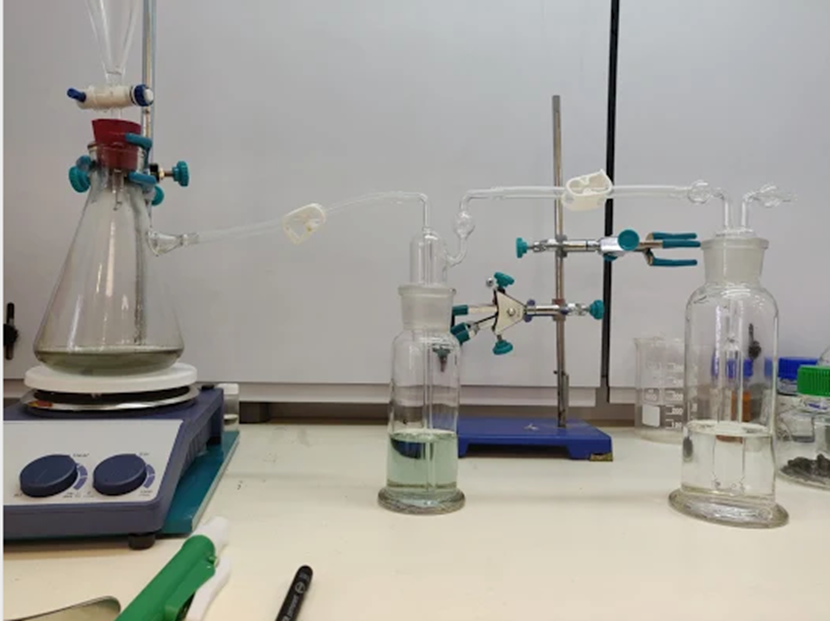Synopsis of research
- Corrosion behavior of Titanium alloys treated by various surface modification methods
- Electrochemical polishing of steels
- The electrochemistry of sulfur hydride and other sulfur-containing species in aqueous alifatic amines;
- Corrosion behavior of Shape-memory Ni-Ti alloys (“Nitinol”);
- Corrosion study of magnesium alloys by several electrochemical and non-electrochemical methods (currently inactive);
- Plasma Electrolytic Oxidation (PEO) of aluminum, magnesium and other valve metals alloys (currently inactive);
- Electrochemistry and Chemistry of molten chloride systems (currently inactive).
Electrochemistry of hydrogen sulfide in aqueous aliphatic amines

Hydrogen sulfide is present in practically all types of fossil fuels and presents a serious problem in the aspects of its reactivity, anti-catalytic activity and safety. The existing processes of treatment of the contaminant (Clauss process and its variations) do not lack some drawbacks. An alternative electrochemical pathway of the treatment not only could help to get rid of the contaminant, but also might allow the production of molecular hydrogen, which is a highly wanted product.
Nitinol corrosion

Nitinol is an approximately equimolar Ni:Ti alloy famous for its superelasticity and shape memory. Nitinol is actively studied and used as a bio-inert and bio-compatible material suitable for the production of various implants and surgery devices. Corrosion of Nitinol at various conditions is studied, both of the pristine alloy and after different surface treatments.
